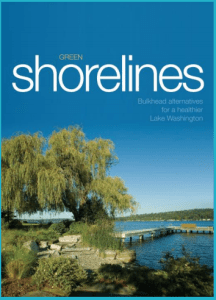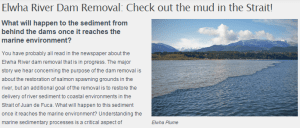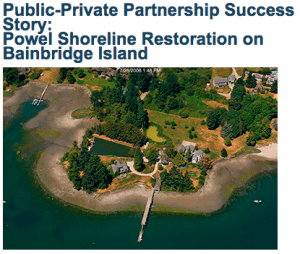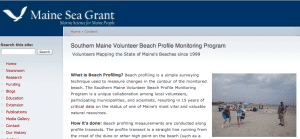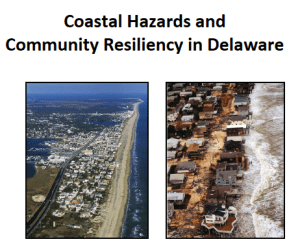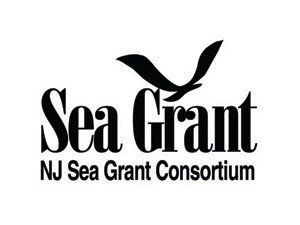
Why Dunes are Important Lesson Plan
Using modeling techniques, students discover how coastal dunes form and how they can protect coastal areas from erosion and flooding during storms and harsh weather events. Students will make predictions and observations, then come to their own conclusions about the importance of dunes and how they can make coastal areas more resilient against storms.
